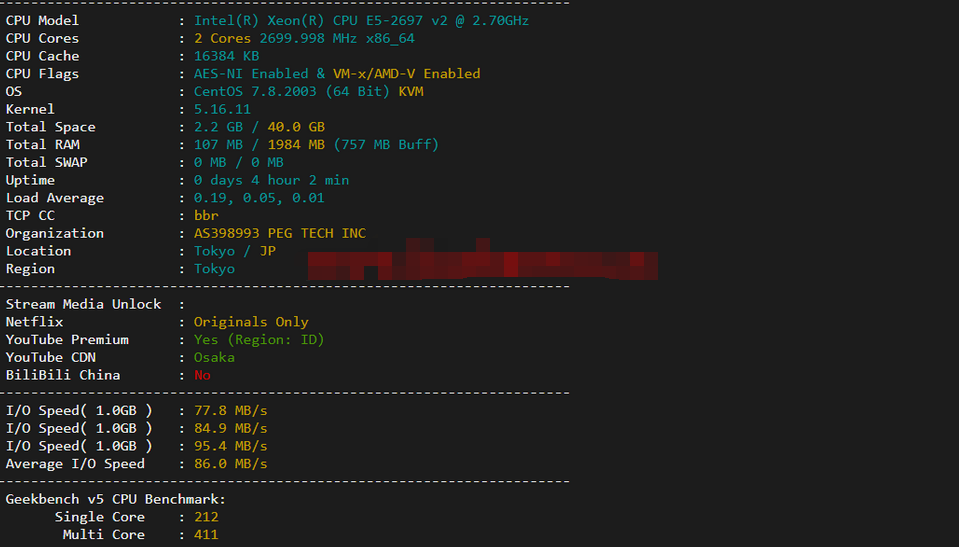在Java面向对象编程中,类的属性(也称为成员变量)用于存储对象的状态信息。要设置类的属性,您需要遵循以下步骤:
- 定义类:首先,您需要定义一个类,并在其中声明属性。属性应该具有合适的数据类型,例如int、String、boolean等。
public class MyClass {
// 声明属性
private int myInt;
private String myString;
private boolean myBoolean;
}
- 初始化属性:在类的构造函数中初始化属性,以便在创建对象时可以设置它们的值。
public class MyClass {
// 声明属性
private int myInt;
private String myString;
private boolean myBoolean;
// 构造函数
public MyClass(int myInt, String myString, boolean myBoolean) {
this.myInt = myInt;
this.myString = myString;
this.myBoolean = myBoolean;
}
}
- 设置属性值:要设置类的属性值,您可以使用点符号(.)操作符。例如,要设置
myInt属性的值,您可以使用以下代码:
MyClass myObject = new MyClass(0, "Hello", true);
myObject.myInt = 42;
- 使用getter和setter方法:为了更好地封装类的属性,您可以使用getter和setter方法。getter方法用于获取属性的值,而setter方法用于设置属性的值。
public class MyClass {
// 声明属性
private int myInt;
private String myString;
private boolean myBoolean;
// 构造函数
public MyClass(int myInt, String myString, boolean myBoolean) {
this.myInt = myInt;
this.myString = myString;
this.myBoolean = myBoolean;
}
// getter和setter方法
public int getMyInt() {
return myInt;
}
public void setMyInt(int myInt) {
this.myInt = myInt;
}
public String getMyString() {
return myString;
}
public void setMyString(String myString) {
this.myString = myString;
}
public boolean isMyBoolean() {
return myBoolean;
}
public void setMyBoolean(boolean myBoolean) {
this.myBoolean = myBoolean;
}
}
现在,您可以使用getter和setter方法设置和获取属性值,如下所示:
MyClass myObject = new MyClass(0, "Hello", true);
myObject.setMyInt(42);
int myIntValue = myObject.getMyInt();

 便宜VPS测评
便宜VPS测评












